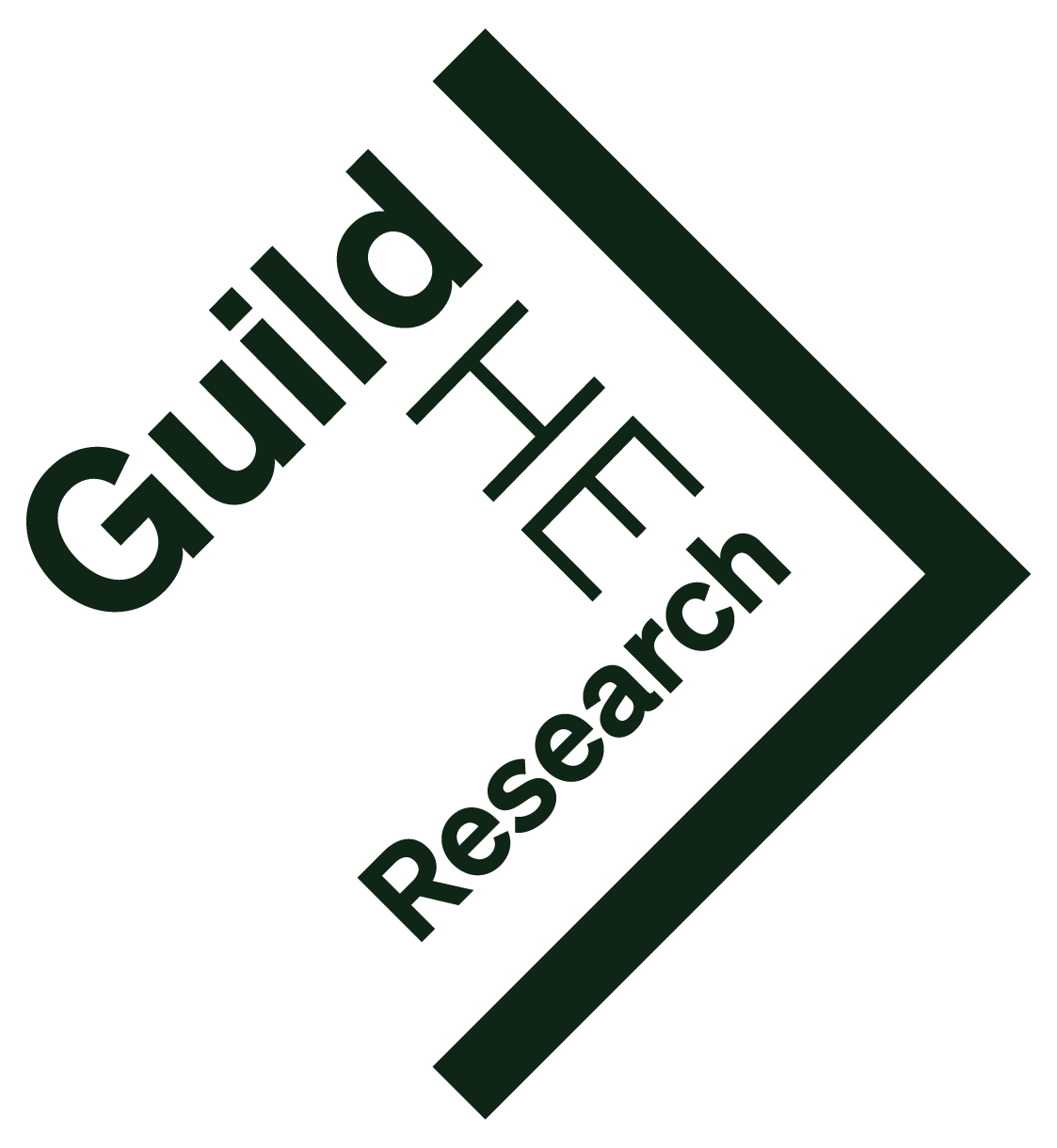Pressure garment to prevent abnormal scarring after burn injury in adults and children: the PEGASUS feasibility RCT and mixed-methods study
Moiemen, Naiem, Mathers, Jonathan, Jones, Laura, Bishop, Jonathan, Kinghorn, Philip, Monahan, Mark, Calvert, Melanie, Slinn, Gemma, Gardiner, Fay, Bamford, Amy, Wright, Susan, Litchfield, Ian, Andrews, Nicole, Turner, Karen, Grant, Margaret and Deeks, Jonathan (2018) Pressure garment to prevent abnormal scarring after burn injury in adults and children: the PEGASUS feasibility RCT and mixed-methods study. Health Technology Assessment, 22 (36). pp. 1-162. ISSN 1366-5278
|
Text
NU0068.pdf - Published Version Available under License Creative Commons Attribution No Derivatives. Download (11MB) | Preview |
Abstract
Background: Eleven million people suffer a fire-related injury worldwide every year, and 71% have significant scarring. Pressure garment therapy (PGT) is a standard part of burn scar management, but there is little evidence of its clinical effectiveness or cost-effectiveness. Objective: To identify the barriers to, and the facilitators of, conducting a randomised controlled trial (RCT) of burn scar management with and without PGT and test whether or not such a trial is feasible. Design: Web-based surveys, semistructured individual interviews, a pilot RCT including a health economic evaluation and embedded process evaluation. Setting: UK NHS burns services. Interviews and the pilot trial were run in seven burns services. Participants: Thirty NHS burns services and 245 staff provided survey responses and 15 staff participated in individual interviews. Face-to-face interviews were held with 24 adult patients and 16 parents of paediatric patients who had undergone PGT. The pilot trial recruited 88 participants (57 adults and 31 children) who were at risk of hypertrophic scarring and were considered suitable for scar management therapy. Interviews were held with 34 participants soon after recruitment, with 23 participants at 12 months and with eight staff from six sites at the end of the trial. Interventions: The intervention was standard care with pressure garments. The control was standard care comprising scar management techniques involving demonstration and recommendations to undertake massage three or four times per day with moisturiser, silicone treatment, stretching and other exercises. Main outcome measures: Feasibility was assessed by eligibility rates, consent rates, retention in allocated arms, adherence with treatment and follow-up and completion of outcome assessments. The outcomes from interview-based studies were core outcome domains and barriers to, and facilitators of, trial participation and delivery. © Queen’s Printer and Controller of HMSO 2018. This work was produced by Moiemen et al. under the terms of a commissioning contract issued by the Secretary of State for Health and Social Care. This issue may be freely reproduced for the purposes of private research and study and extracts (or indeed, the full report) may be included in professional journals provided that suitable acknowledgement is made and the reproduction is not associated with any form of advertising. Applications for commercial reproduction should ABSTRACT Results: NHS burns services treat 2845 patients per annum (1476 paediatric and 1369 adult) and use pressure garments for 6–18 months, costing £2,171,184. The majority of staff perceived a need for a RCT of PGT, but often lacked equipoise around the research question and PGT as a treatment. Strong views about the use of PGT have the potential to influence the conduct of a full-scale RCT. A range of outcome domains was identified as important via the qualitative research: perceptions of appearance, specific scar characteristics, function, pain and itch, broader psychosocial outcomes and treatment burden. The outcome tools evaluated in the pilot trial did not cover all of these domains. The planned 88 participants were recruited: the eligibility rate was 88% [95% confidence interval (CI) 83% to 92%], the consent rate was 47% (95% CI 40% to 55%). Five (6%) participants withdrew, 14 (16%) were lost to follow-up and 8 (9%) crossed over. Adherence was as in clinical practice. Completion of outcomes was high for adult patients but poorer from parents of paediatric patients, particularly for quality of life. Sections on range of movement and willingness to pay were found to be challenging and poorly completed. Limitations: The Brisbane Burn Scar Impact Profile appears more suitable in terms of conceptual coverage than the outcome scales that were used in the trial but was not available at the time of the study. Conclusions: A definitive RCT of PGT in burn scar management appears feasible. However, staff attitudes to the use of pressure garments may lead to biases, and the provision of training and support to sites and an ongoing assessment of trial processes are required. Future work: We recommend that any future trial include an in-depth mixed-methods recruitment investigation and a process evaluation to account for this. Trial registration: Current Controlled Trials ISRCTN34483199. Funding: This project was funded by the National Institute for Health Research (NIHR) Health Technology Assessment programme and will be published in full in Health Technology Assessment; Vol. 22, No. 36. See the NIHR Journals Library website for further project information
| Item Type: | Article |
|---|---|
| Divisions: | Faculty of of Arts, Society and Professional Studies > Department of Health and Behavioural Sciences |
| Depositing User: | Ms Hazel Barham |
| Date Deposited: | 17 Aug 2018 13:52 |
| Last Modified: | 09 Jan 2025 13:05 |
| URI: | https://newman.repository.guildhe.ac.uk/id/eprint/17235 |
Actions (login required)
 |
Edit Item |

